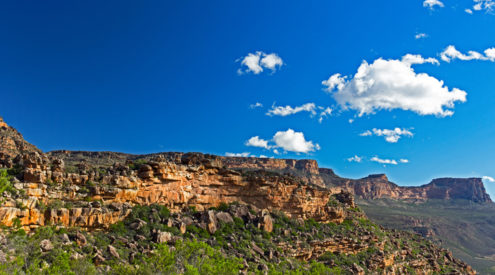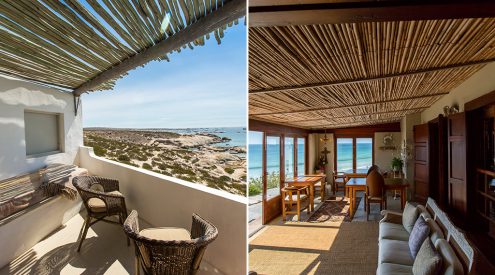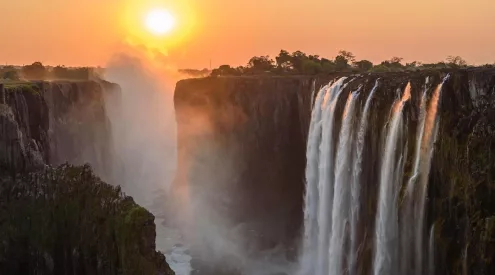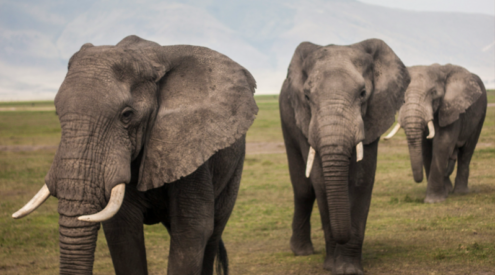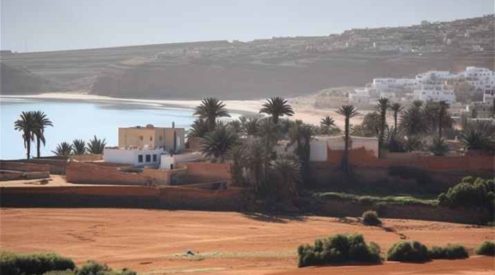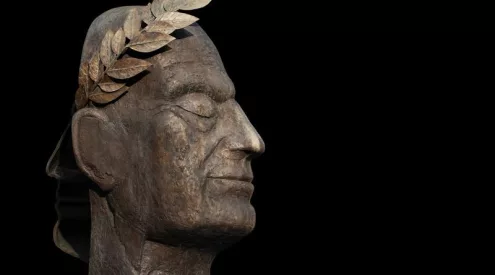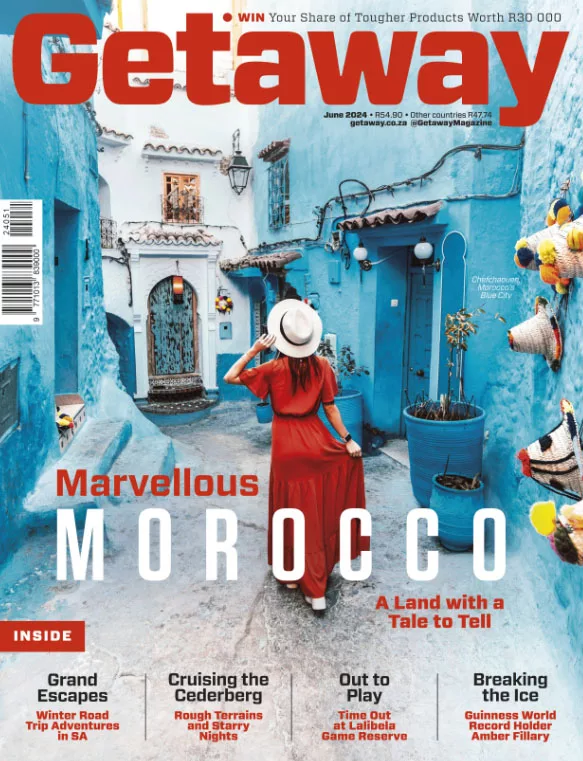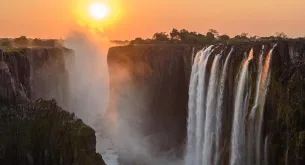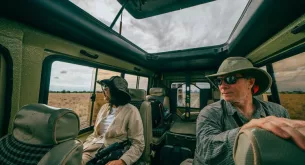The photograph, if I used my photo software to make it black and white or sepia toned, could have been taken at the turn of the nineteenth century.
It’s late afternoon. The sun is hanging around above the hills that fringe the valley, warming backs and scattering the clear waters of the running stream with floating coins of gold. The people are drinking tea.
There are two farming couples. The men are in wide-brimmed hats, hard wearing clothes and Kudu skin boots. One of the women is in riding gear, as are her two young daughters. Their horses graze in the shade of the thorn trees.
There are no roads, no automobiles in site. There are no power lines to mar the view because there is no electricity in the valley.
We are in the middle of modern day Zimbabwe (I won’t say exactly where, or post the photo here, for fear of revealing the valley’s secret location) but there are very few indicators here that it’s the 21st century.
The farmers were born in this country, but their lands (which they bought) were taken from them. They have moved on – physically, as well as emotionally, and looked beyond the current strife in their homeland to the future.
They are pioneers.
No one wants this pocket of paradise. “The ‘new farmers’ didn’t want this place,” the young man explains. “As well as there being no electricity or decent roads there’s no fancy farm house, no tractors, no equipment.”
Commercial farming is dead in Zimbabwe. Driving across the country there is little evidence of cultivation except for straggly crops of maize and underfed cattle. The land redistribution would be a joke if it wasn’t so sad.
“Even Mugabe and (reserve bank governor) Gono have started criticising the weekend ‘braai farmers’. They’re bureaucrats, army officers and party men who live in town and only come out to the farms they were given to have a braai,” the older farmer says.
The young farmer is already running cattle in the valley. Unlike the other beasts I’ve seen from the main roads these ones are nicely filled-out, their coats sleek. The young farmer strokes one affectionately. These are his future.
“I’ve got a five year plan,” he says grandly, although he’s the first to admit that he’s three years into his plan already and has little to show for it. “but I’m going to take it slow until things get better.”
Everyone I meet in Zimbabwe has hope that things will, in fact, get better one day, though people have given up guessing when that might be.
“I’m going to build a house,’ he tells me, “but it’s going to be small and I’m going to use those old bricks.” He points to the tumble-down mud-brick remains of a house that looks like it was built by a different kind of white pioneer, in a different era.
“I don’t want to give people something to be jealous about. We’ll run off solar and wind power and we’ll teach the kids from home.”
After the tea we inspect fresh tracks made by a clawless otter in the sand at the edge of the stream. The water is, the young farmer says, clean and safe to drink. This, in a country where cholera victims are now counted in their thousands, is just another reminder of how precious and isolated this valley has stayed.
Walking back up the track to the four-by-fours that will take us back to 2009, we come across the herdsman. The young farmer pays the man his monthly wage. At R500 – US$50 – it’s no fortune, but the man looks grateful. He has just received fifty times the monthly pay of a Zimbabwean teacher, nurse or policeman.
The young farmer himself is making nothing from the valley yet. He’s working in a job in town, trying to make ends meet while his cattle breed and grow fat on the lush green summer grass.
The young farmer knows there will be more setbacks ahead. He wants to cut and bale some of that long grass so that he has feed for the winter, but he can’t afford a tractor or the labour to do the work. That will have to wait. Unlike the ‘new farmers’ the young one isn’t entitled to a free tractor.
The five-year plan may blow out to six or seven, or even ten (though he prays that’s not possible). One day, when his modest house is built and his cattle herd has grown large enough for him and his family and the workers he will employ to live off he will be able to afford some of the trappings of this century.
Until then he’s a pioneer and, unlike so many in this sad country, he’s happy.



